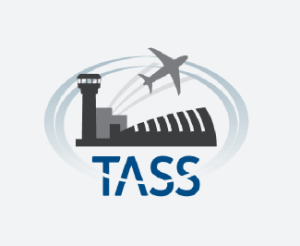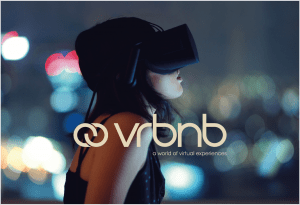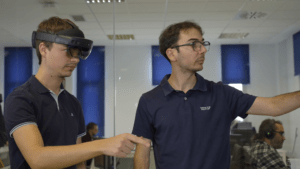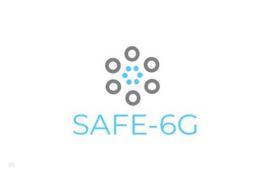Anyone who is interested in immersive technologies will have read, here or there, about the potential of these solutions in the field of training and education. For a few years now, Immersion has been a witness and a privileged actor of this growing craze and of the acceleration of immersive learning; an understandable craze, even obvious, but also a growing maturity and appropriation linked to the changes in our working and learning modes.
A real need for transformation
The transformation of education through digital technology, just like that of industry, is a crucial issue for performance and competitiveness. The French government, universities and higher education institutions in general have understood this. This obviously implies investments in materials (equipment, IT infrastructure), rethinking the layout of learning spaces and supporting change, both for learners and teachers.
On the investment side, the French government has provided substantial support to the regions with grants to the Campus des Métiers et des Qualifications (CMQ), as part of the five waves of the call for projects under the “Territories of Educational Innovation” program, which is part of the Programme d’Investissements d’avenir (PIA) and the France Relance plan. While the primary goal of this action is to better meet the skills needs of the territories, many projects have included in their roadmap ambitious programs to renew educational practices through digital technology.

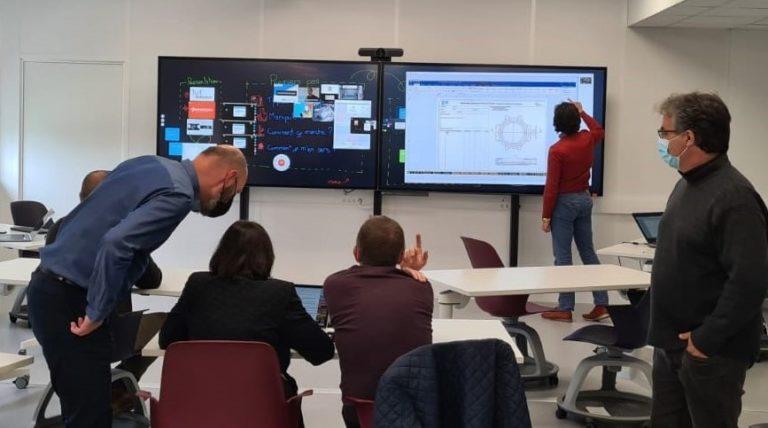
There is also no shortage of projects for private schools. The development of competition among higher education institutions, regardless of discipline, is pushing them to invest in order to meet the new challenges of teaching and attractiveness.
However, if investments are made to meet the need for equipment, reflection on the actual development of learning facilities is sometimes put aside or absent from the discussions. In many cases, however, it would be essential to rethink the configuration of spaces to meet the needs of new practices. Digital transformation cannot be reduced to hanging Interactive Digital Displays (IDDs) on the walls or placing virtual reality headsets on each student’s table. For example, a traditional classroom is no longer suitable for group work and the furniture can be redesigned for a more flexible use.
Finally, any digital transformation must be centered on the human being. And in this respect, in the field of education, efforts must be made both towards teachers and towards learners. Beyond the need to adapt content and formats, which requires in-depth work, the former may express, among other things, psychological resistance, since these new practices profoundly change their traditional posture and role. As for the students, despite the fact that they are “digital natives” and mostly at ease with digital tools, some of them fear a decrease in face-to-face support, linked to the development of co-modality or hybridization of teaching (mixing face-to-face and distance learning), which could result in a decrease in quality or an overload of work.
The need for support
In recent years, we have participated in many digital transformation projects in the field of education, intervening at different levels depending on the case. Our teams have obviously been confronted with this resistance to change.
That’s why we have developed our methods and processes to support users with a global approach, integrating not only technical issues, but also development aspects and, above all, the human dimension.
Taking the human dimension into consideration is essential. How can we remove the obstacles? Fears? The doubts? It is above all a matter of observing and listening, in order to understand. Our human factors engineers and experience designers bring their know-how to this stage, to envisage a smooth digital transformation, avoid disruptions and find creative consensus taking into account the needs and expectations of all stakeholders.
Thinking about the user experience also means thinking about the place, even though the user may have to put on a helmet and immerse himself in a totally virtual universe. This place is precisely the link between the physical and the digital, the border between the real and the virtual. It must evoke, give confidence, accompany. Its design must contribute to the learners entering an emotional state that favors concentration and exchange. This is achieved through shapes, colors, materials and layouts, which our architects implement.

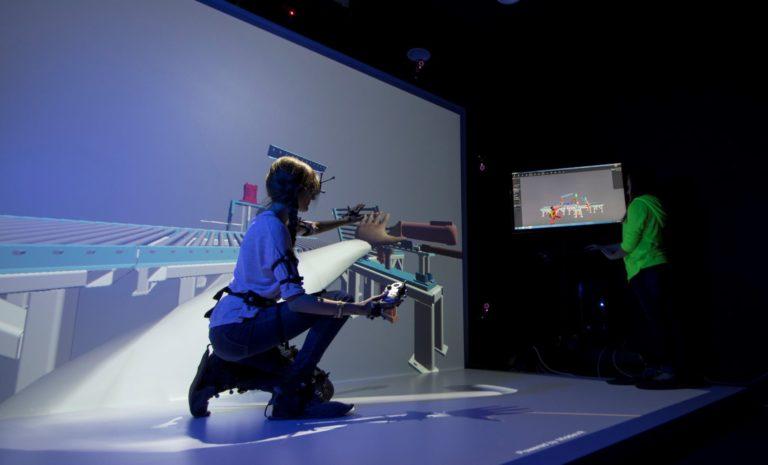
And the technology follows. The integration of technologies becomes obvious. Creating collaborative spaces for teamwork with interactive tables. Designing hybrid classrooms to ensure that courses are delivered with the same quality in remote and face-to-face environments. Design immersive spaces with XR headsets or 3D projection solutions (CAVE, L-immersive, Powerwall) to immerse learners in the heart of a historical scene or a mechanical system.
The possibilities are infinite and can be adapted to the needs of each individual. These new learning methods and digital transformations have already proven their benefits. Teachers testify to the comfort found in the hybrid classroom, where Powerpoint has given way to other types of content and where tools such as Shariiing allow greater freedom and break the linearity of the slides, to make the course more dynamic. The change in the status of the teacher is also a great novelty, facilitated by these developments. He becomes a facilitator to transmit knowledge. In other cases, immersion greatly favors the retention of information, by involving the body and the mind. And new technologies also help to fight against the decrease in attention of learners, which has been widely observed and has been on the rise in recent decades.
However, all these examples of success require a real involvement of the pedagogical engineering, the IT department and the teaching staff in particular, as well as a willingness to make practices evolve, with initial and long-term support from us, to ensure proper use, to support and provide the keys according to the changes. A real teamwork, to work hand in hand towards the success of the pedagogical transformation through immersive technologies.
Want to go further? Immersion is here to guide you. With our expertise, we put the human at the heart of our solutions. Our multidisciplinary team of experts will accompany you in achieving your desires by answering your needs.

